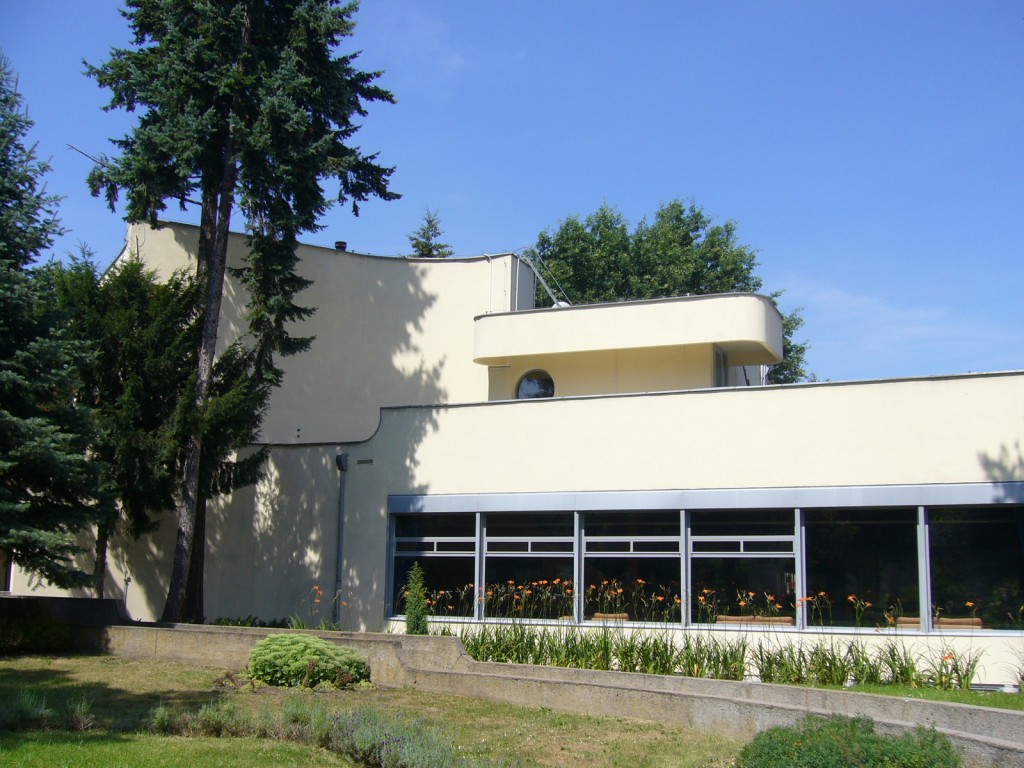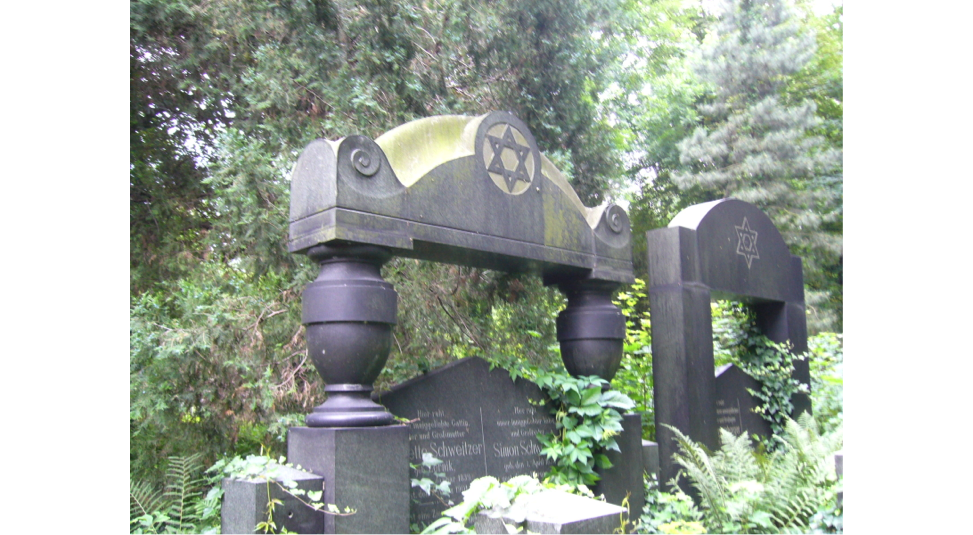This summer I had the privilege of teaching at the Democracy & Diversity Institute in Wroclaw, Poland, organized by the New School for Social Research’s Transregional Center for Democratic Studies (TCDS). A rich experience by any measure, but all the richer for the fact that I was co-teaching with NSSR Sociology Professor Elzbieta Matynia—the institute’s inimitable founder, who was, herself, directly engaged in the struggle for democracy in Communist Poland during the 1980s.
Elzbieta and I worked with a remarkable group of students hailing from the New School and universities around the world for two intense and rewarding weeks this past July. In a course called “A Social Imaginary of the Urban: The Spatial, the Temporal and the Political,” we explored the particular histories, memories, and aspirations that are embedded (and latent) in the social and physical fabric of Wroclaw. This is a city situated in a borderland that in the 20th century was both German (Breslau until 1945) and Polish (Wroclaw after 1945). It had the third largest Jewish population in Europe before the Holocaust (and a beautiful, often overlooked cemetery as its witness). This is a city that experienced two ethnic cleansings, two World Wars, and the chilblains of Cold War under the communist People’s Republic of Poland.
Just as significant, if not more so, were Wroclaw’s responses to the traumas of the 20th century. Following WWI, during the Weimar years, the city sponsored a number of utopian housing schemes and projects, among them Hans Scharoun’s 1929 hostel for newlyweds and singles, which now serves as the program’s dormitory. After WWII, the communist era yielded a number of inventive socialist housing blocks, in particular the “Manhattan” towers designed by Jadwiga Grabowska-Hawrylak in 1968. In the 1980s, Wroclaw’s political activists played a critical role in enabling a silenced citizenry to speak and act together. Today, as the city looks forward to being the Cultural Capital of Europe (CCE) in 2016, it finds itself at another threshold. The CCE designation raises questions about which values from the past will be brought forward, what memories will be acknowledged, and what voices will be heard, as the leaders and citizens of Wroclaw pursue the goal of being a culturally, environmentally, and economically sustainable global city.
It was an honor to be the first Parsons faculty in the TCDS program in Wroclaw and to be included in the Institute’s discussions about sustaining a civil society in Poland. In this, I was joined by another representative from Parsons, Lindsay Reichart, a second-year graduate student in our MA Design Studies program. All of the other students and faculty—distinguished professors Richard J. Bernstein (philosophy), Jeffrey Goldfarb (sociology), and Carol L. Bernstein (comparative literature)—came from the social sciences and liberal studies. So it was a pleasure to introduce thinking from urbanism, architecture, design and spatial studies into the broader discussion—especially since we were living in the midst of one of the century’s most important modernist housing experiments, WUWA, the 1929 Wohnung und Werkraumausstellung (Workplace and House Exhibition) in Silesia.
As with all transdisciplinary ventures, language required clarification and assumptions demanded questioning. There were healthy debates about whether buildings can have agency or can engender agency, about how to imagine and envision the future without succumbing to the tyranny of utopia, and about the intimate relationship between the ephemeral social city and the tangible physical city.
Rarely have I spent such a stimulating time in and out of the classroom. I’ve come away invigorated and energized for the coming semester. For all that, I return to New York worried that once again Central Europe may be slipping off our radar as attentions are directed to hot spots and opportunities elsewhere.
In a 1984 essay entitled “The Tragedy of Central Europe,” published in the New York Review of Books, Milan Kundera wrote: “The history of the Poles, the Czechs, the Slovaks, the Hungarians has been turbulent and fragmented. … [T]hey have remained the least known and the most fragile part of the West — hidden, even further, by the curtain of their strange and scarcely accessible languages. ”
Of course, Kundera was writing during the time of another curtain, the Iron Curtain. Alarmingly, that blackout curtain, sent to the cleaners in 1989, may, in fact, be coming out of storage. This time Central Europe may find its cosmopolitan windows obscured by the fabric of hyper-nationalism. In view of incidents ranging from the neo-Nazi protests against the right of sociologist Zygmunt Bauman to speak in Poland, to the rise of extremist parties throughout Europe, it strikes me that the work and conversations initiated at TCDS are nothing less than vital. The dynamics of memory, history, culture, and thought in Wroclaw need to be studied as both a cautionary tale and a visionary story, by no means only particular to Poland. Otherwise, history risks repeating itself in a very ugly way.




